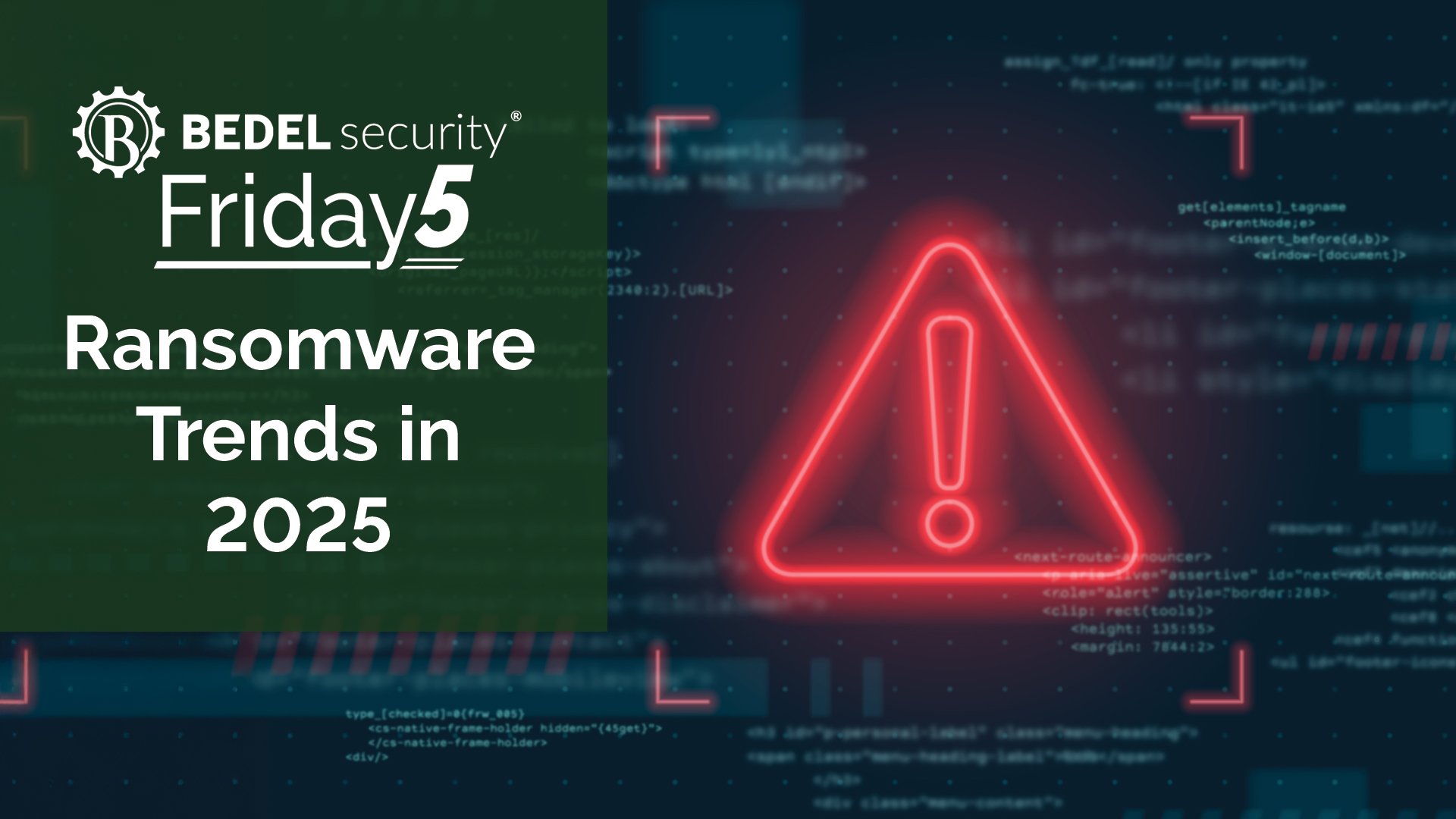Ransomware Trends in 2025
Back in May 2024, I wrote that there were signs ransomware might finally be on the decline. I have continued to monitor various sources regarding...
2 min read
Trisha Durkin : Jul 18, 2025

Most community financial institutions are well aware of the 36-hour incident notification rule that went into effect in April 2022. But what’s not always top of mind, and what deserves a closer look, are the specific examples the regulators provided of what counts as a “notification incident.”
The rule itself is broad by design: any significant incident that materially disrupts your operations, service delivery, or poses a threat to financial stability may require notification to your primary federal regulator (FDIC, OCC, or Federal Reserve). But to help institutions make that call, the final rule includes a non-exhaustive list of examples.
Here is an example that stands out and one you might not have expected:
“A bank service provider that is used by a banking organization for its core banking platform to operate business applications is experiencing widespread system outages, and recovery time is indeterminable.”
This one is big and easy to overlook. Even though the disruption is coming from a third party, your institution is still responsible for notification if the incident materially affects your ability to operate. This means that a major outage from your core provider, especially one with no clear ETA for recovery, could absolutely be a reportable event under the 36-hour rule.
So yes, vendor issues count. And in many cases, they’re just as disruptive as internal incidents. Do you have to notify for every core outage? Not necessarily. The final rule often references the 4-hour timeframe. If your core provider has a system outage lasting over 4 hours with no clear recovery time, it's advisable to notify relevant parties.
You probably already know the rule. But do your incident responders and your executive team know what it looks like in action?
These examples are more than just guidance; they’re a reality check. And the better you understand them, the more confidently (and quickly) you can respond when something goes wrong.
If you require assistance in strengthening your Incident Response Plan to better address notification incidents, please contact Bedel Security to explore how we can help you.

Back in May 2024, I wrote that there were signs ransomware might finally be on the decline. I have continued to monitor various sources regarding...

After spending some time this week helping our customers with ransomware preparation, I found a statement on the FBI’s website that would be a great...

The worst time to develop an Incident Response Plan for dealing with a security incident is during an actual incident. It’s not a matter of “if” but...